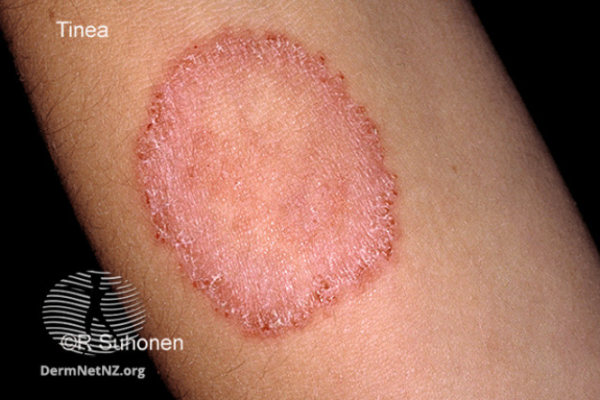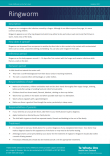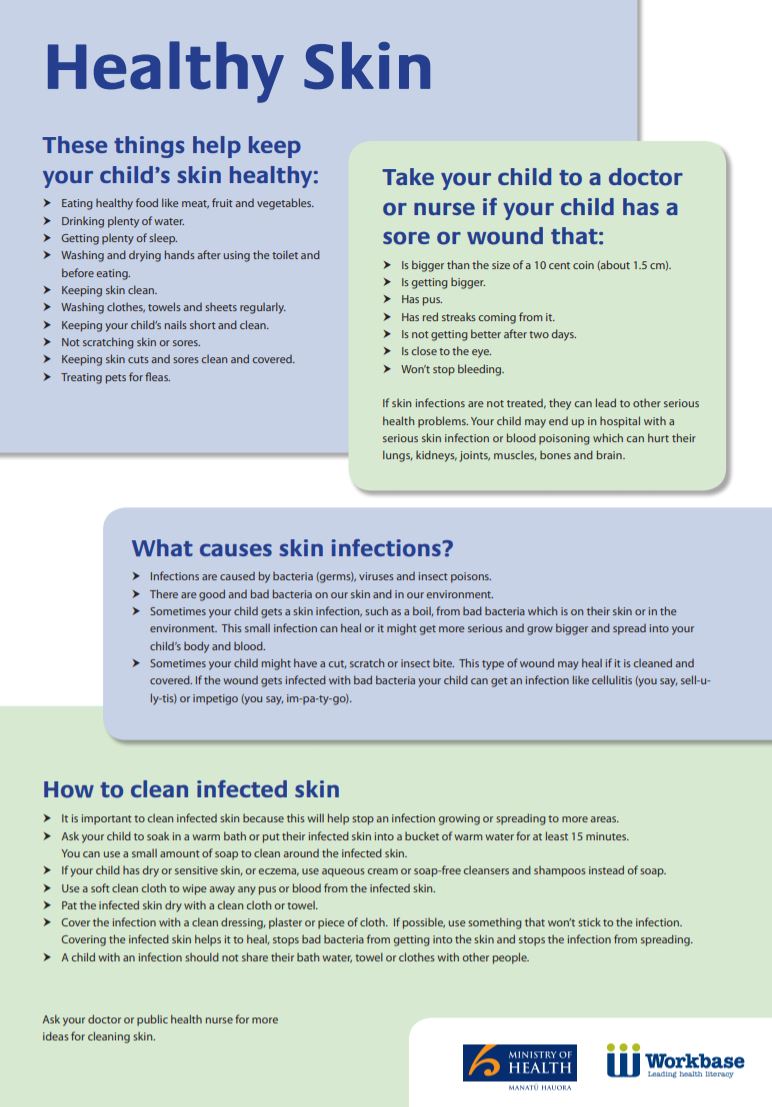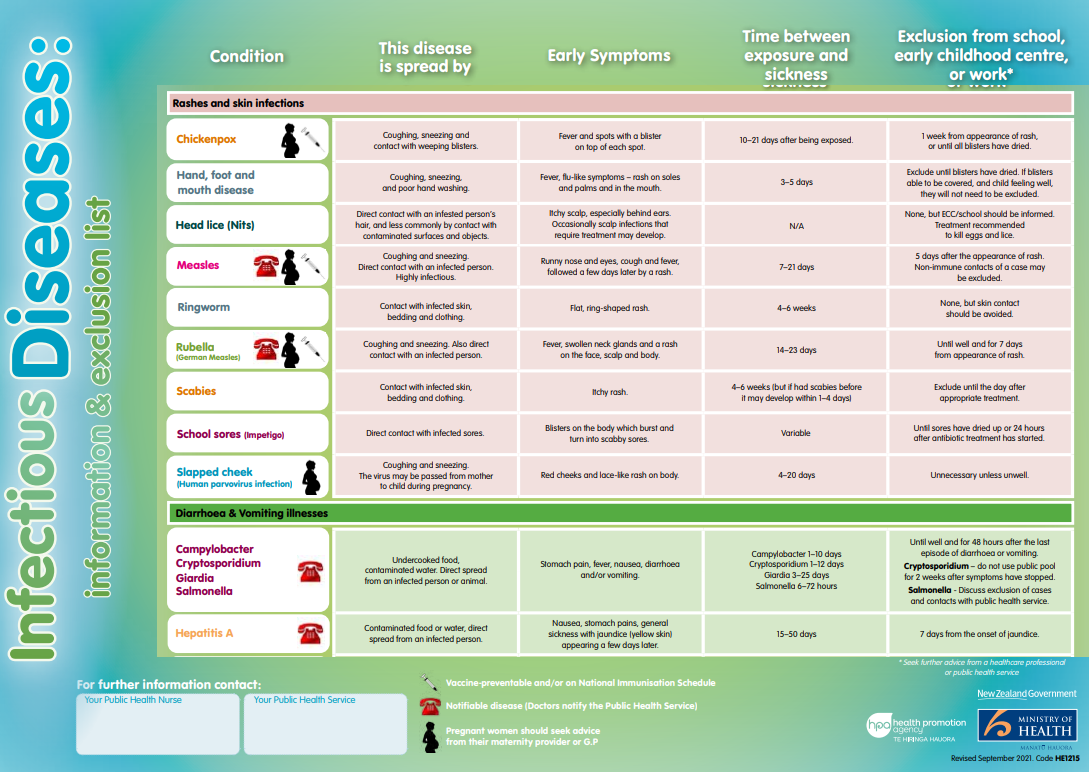Ringworm is a common skin infection caused by a fungus and not a worm.
The types of ringworm (also called tinea infections) are known by specific names, depending on the part of the body that is affected. There are some common types of ringworm:
- Athlete’s foot or ringworm of the foot.
- Jock itch or ringworm of the groin.
- Ringworm of the scalp. This can affect adults and children and is also called tinea capitis.
- Ringworm of the body.
The image below shows ringworm on the body.

Image credit: DermNet NZ









